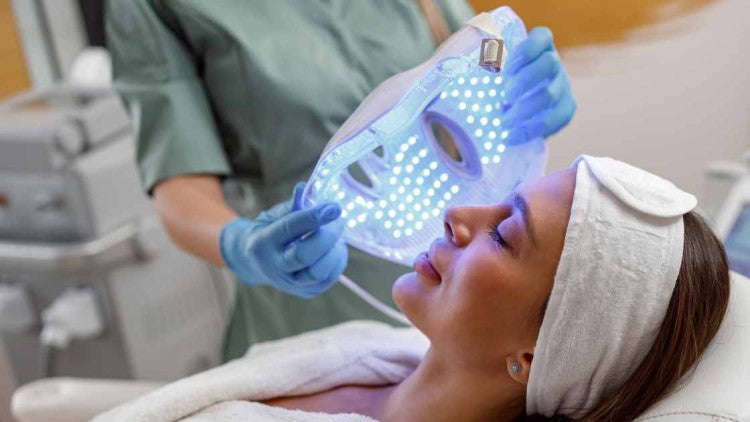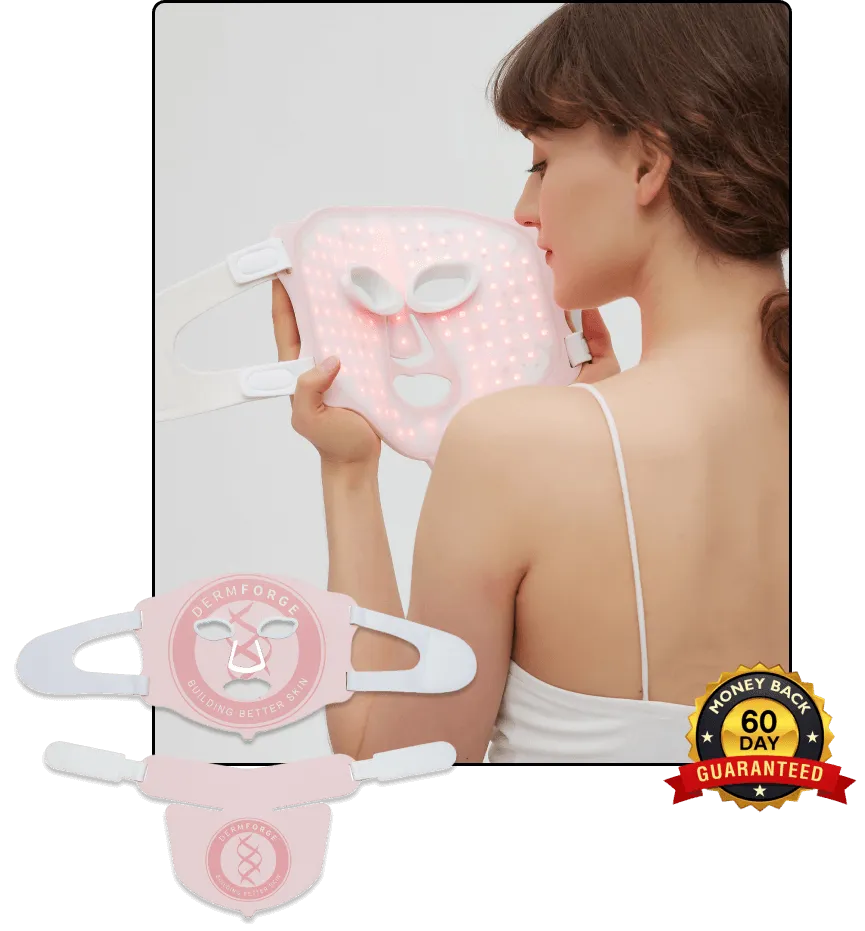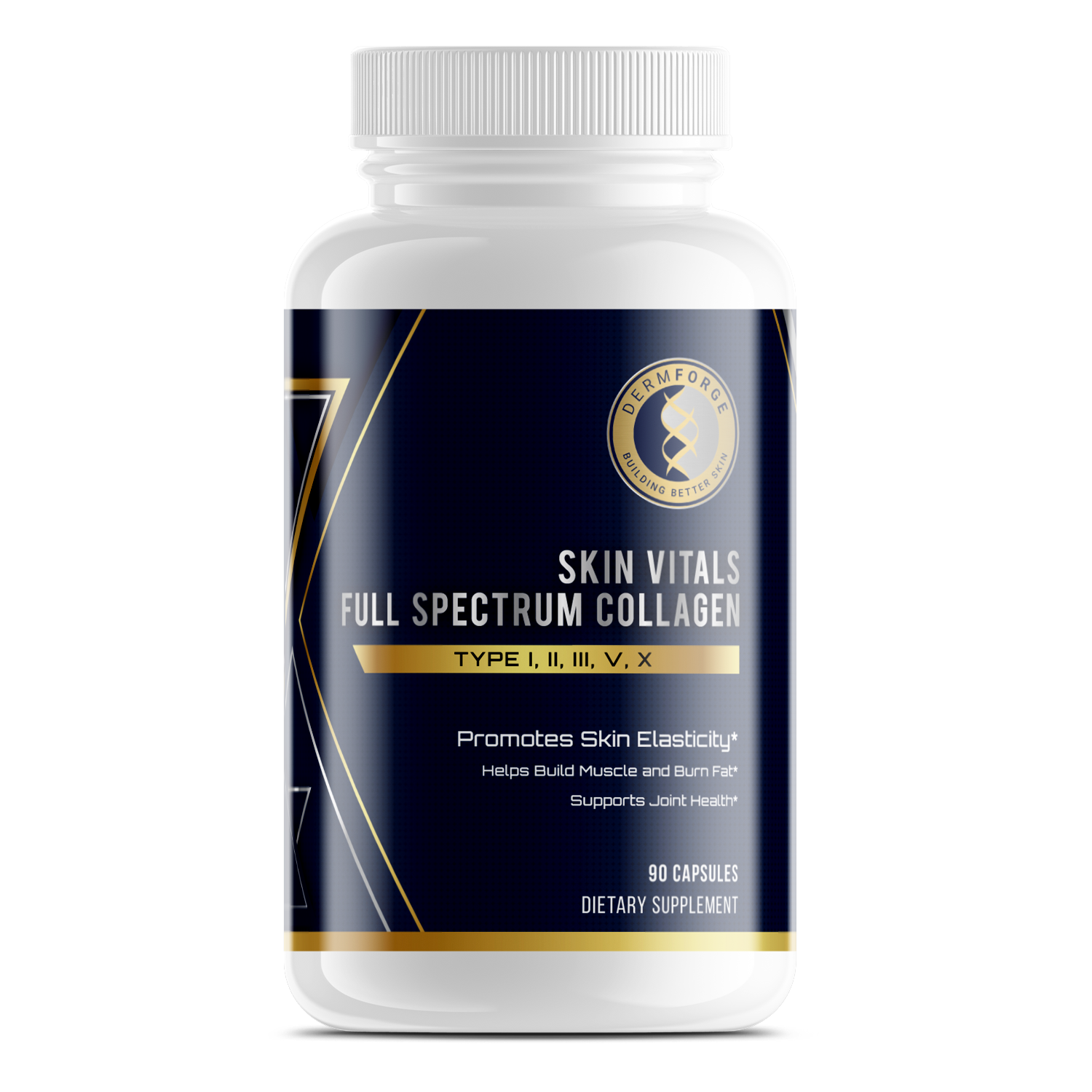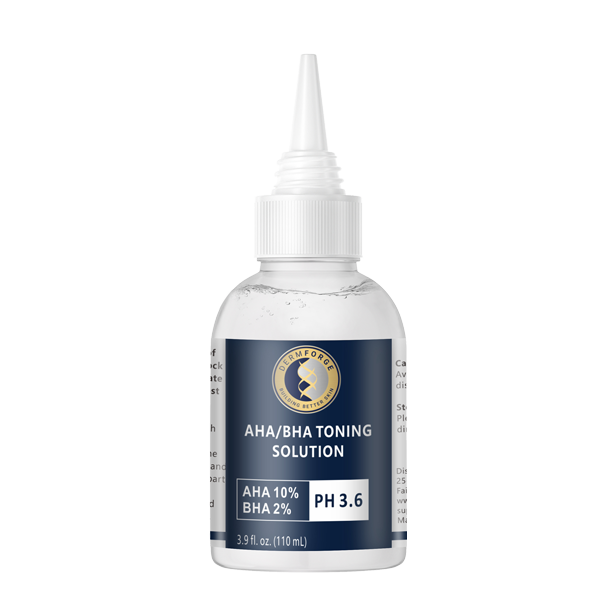Blue light therapy has become a popular treatment option for various health and cosmetic concerns. From acne to seasonal depression, it offers safe and effective solutions. Additionally, advancements in technology have made blue light therapy accessible through both professional treatments and at-home devices. Its ability to target bacteria and support skin health is one of the key benefits.
However, Blue Light Therapy uses extend beyond skincare. It plays a role in improving oral hygiene and addressing mood disorders like Seasonal Affective Disorder (SAD). These diverse applications make it a versatile addition to your wellness routine. By understanding how it works and its benefits, you can determine if it’s the right choice for your needs.
With its non-invasive nature and growing accessibility, blue light therapy provides a modern approach to enhancing health and appearance. Whether you’re seeking clearer skin or improved mental well-being, this therapy offers solutions worth considering.
How Blue Light Therapy Works
Blue light therapy works by using specific wavelengths of light to target bacteria and treat various skin conditions. This therapy primarily focuses on acne-causing bacteria, known as Propionibacterium acnes. The blue light penetrates the skin and destroys these bacteria, reducing inflammation and preventing further breakouts.
Additionally, blue light therapy helps regulate oil production in the sebaceous glands. Overactive glands contribute to clogged pores, leading to acne. By calming these glands, the therapy supports clearer skin and healthier pores. However, it’s most effective when combined with a comprehensive skincare routine.
One of the key Blue Light Therapy uses is its ability to treat skin conditions without causing damage. It’s a non-invasive solution that minimizes the need for harsh chemicals or medications. This makes it an appealing option for those seeking gentle yet effective treatments. With consistent use, blue light therapy can significantly improve skin health and appearance.
Blue Light Therapy for Acne Treatment
Blue light therapy effectively treats acne by targeting the bacteria responsible for breakouts. This bacterium, Propionibacterium acnes, thrives in clogged pores and contributes to inflammation. Blue light penetrates the skin’s surface and destroys these bacteria, reducing the likelihood of new blemishes forming. Additionally, it helps calm redness and irritation associated with active acne.
One of the significant Blue Light Therapy uses is its ability to reduce inflammation caused by acne. By soothing irritated skin, it promotes faster healing of existing breakouts. This makes it an excellent option for individuals who experience moderate to severe acne. Furthermore, the therapy works without harsh chemicals, which is beneficial for sensitive or easily irritated skin types.
Another advantage of blue light therapy is its preventative aspect. Regular sessions can help control oil production in your skin, reducing the conditions that lead to breakouts. Combined with a proper skincare routine, this therapy offers a non-invasive and effective way to manage acne over time. With consistent use, it supports healthier skin and minimizes future breakouts.
Managing Skin Conditions Beyond Acne
Blue light therapy goes beyond acne treatment, offering potential relief for skin conditions like rosacea, psoriasis, and eczema. These conditions often involve inflammation and overactive immune responses, which blue light can help manage. By reducing inflammation, this therapy supports healthier and calmer skin over time.
Additionally, blue light therapy helps target bacteria and regulate skin health, which is beneficial for rosacea and other inflammatory skin issues. For psoriasis, the therapy slows the overproduction of skin cells, helping to reduce scaling and redness. However, it is typically used as a complementary treatment alongside other medical therapy.
One of the most significant Blue Light Therapy uses is its non-invasive approach to managing chronic skin conditions. Unlike some treatments, it does not damage the surrounding tissue or require harsh chemicals. Regular sessions can improve skin texture, reduce flare-ups, and enhance your overall skin health. This gentle and effective option provides a path to clearer, healthier skin for those living with challenging skin conditions.
Applications in Seasonal Affective Disorder (SAD) Treatment
Blue light therapy plays a significant role in treating Seasonal Affective Disorder (SAD), a condition often triggered by reduced daylight in winter months. This therapy mimics natural sunlight, helping regulate your circadian rhythms and improve mood. Additionally, exposure to blue light can increase serotonin levels, which enhances feelings of well-being and energy.
For individuals with SAD, blue light therapy offers a safe and non-invasive way to address symptoms like fatigue and low mood. Regular exposure to blue light at the right time of day helps reset your internal clock. As a result, you may experience better sleep patterns and higher energy levels throughout the day. However, consistency is key to achieving these benefits.
One of the key Blue Light Therapy uses is its ability to provide relief for seasonal depression without medications. Many people find this therapy effective when integrated into their daily routine. By improving mood and energy levels, blue light therapy can help you navigate the darker months with greater ease and comfort.
Oral Health and Blue Light Therapy
Blue light therapy is widely used in oral health, particularly for teeth whitening and supporting gum health. During teeth whitening treatments, blue light activates whitening agents, accelerating their effectiveness and breaking down stains on the enamel. Additionally, this method is safe, non-invasive, and delivers noticeable results in a short time.
For gum health, blue light therapy offers antibacterial properties that help reduce harmful bacteria in the mouth. This supports healthier gums and can minimize inflammation associated with conditions like gingivitis. By targeting bacteria directly, blue light therapy contributes to maintaining overall oral hygiene and reducing the risk of infections.
One of the key Blue Light Therapy uses in oral care is its ability to provide both cosmetic and health-related benefits. Teeth whitening with blue light delivers a brighter smile, while its antibacterial effects help prevent gum disease. By incorporating this therapy into your oral care routine, you can enhance your smile and support long-term dental health.
Safety and Accessibility of Blue Light Therapy
Blue light therapy is generally considered safe for various conditions, including acne, skin inflammation, and oral health. The wavelengths used in this therapy are non-invasive and designed to target specific issues without damaging surrounding tissues. Additionally, most people tolerate blue light therapy well, with minimal risk of side effects when used as directed.
You have options to choose between professional treatments and at-home devices, depending on your needs and preferences. Professional treatments often use higher-intensity equipment and are guided by trained practitioners, which may provide faster results. However, at-home devices are more accessible and convenient, allowing you to incorporate therapy into your routine easily. Both options offer effective solutions for various Blue Light Therapy uses.
One of the key benefits of blue light therapy is its accessibility for both health and cosmetic purposes. At-home devices are becoming more affordable and user-friendly, while professional treatments remain available for those seeking more targeted care. By understanding your specific needs, you can decide which approach is best for improving your skin, oral health, or overall well-being.
Conclusion
Blue light therapy offers versatile solutions for skin health, mental well-being, and oral hygiene. Its non-invasive approach makes it accessible for many needs. Additionally, with options for professional treatments and at-home devices, you can choose the best fit for your lifestyle. Whether addressing acne, managing seasonal depression, or improving gum health, blue light therapy uses targeted wavelengths to deliver effective results.
However, understanding how to use it safely ensures the best outcomes. Regular and consistent use, guided by your specific concerns, enhances its effectiveness. By exploring the many applications of blue light therapy, you can take a proactive approach to improving your overall health and appearance.






